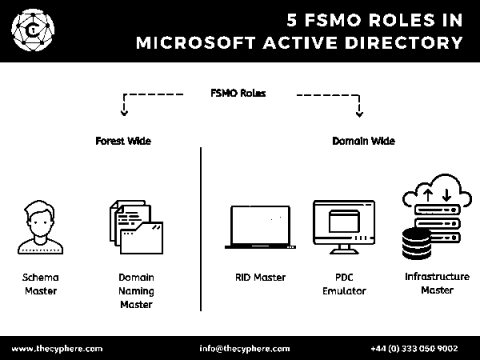How to convince your friends, family, and peers to start using a password manager
One of the many values of 1Password is that we make it faster and easier to use strong, unique passwords everywhere online. That’s great if you already have a good handle on why password strength matters for online security. But we know that not everyone does.










